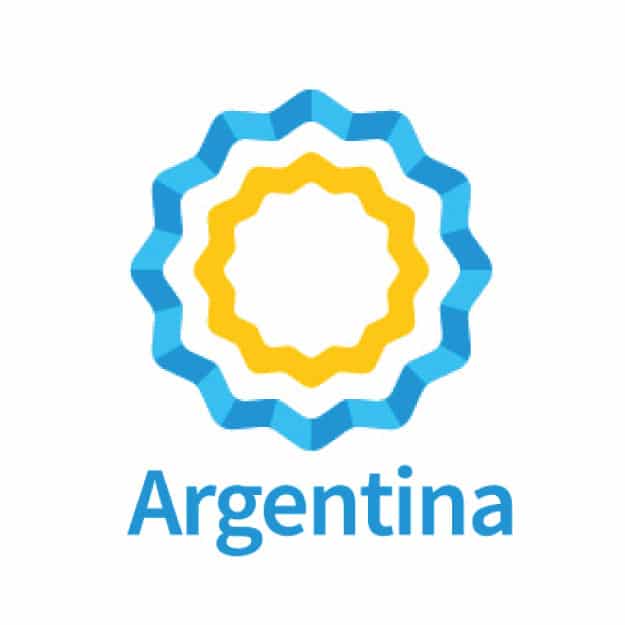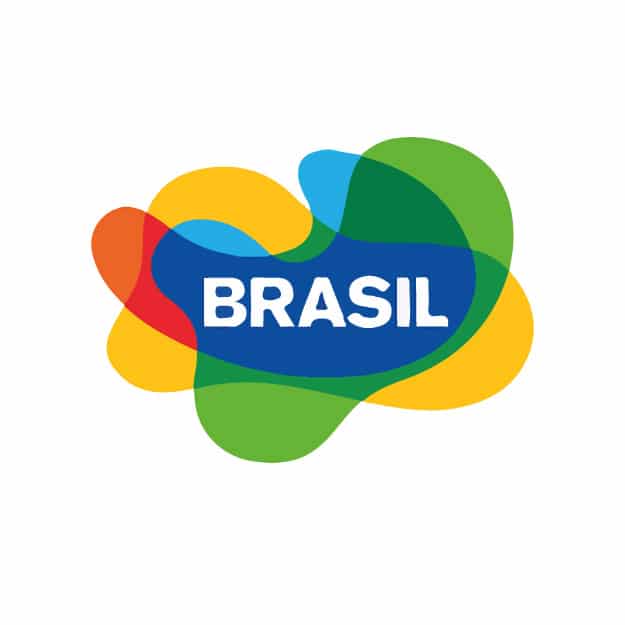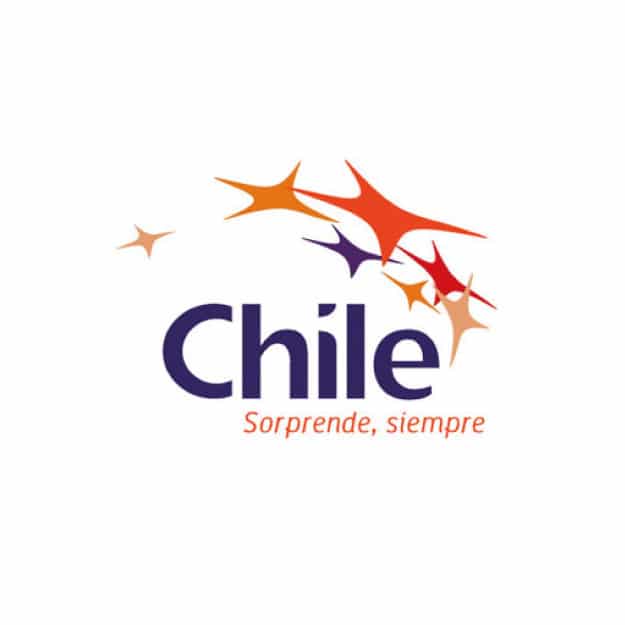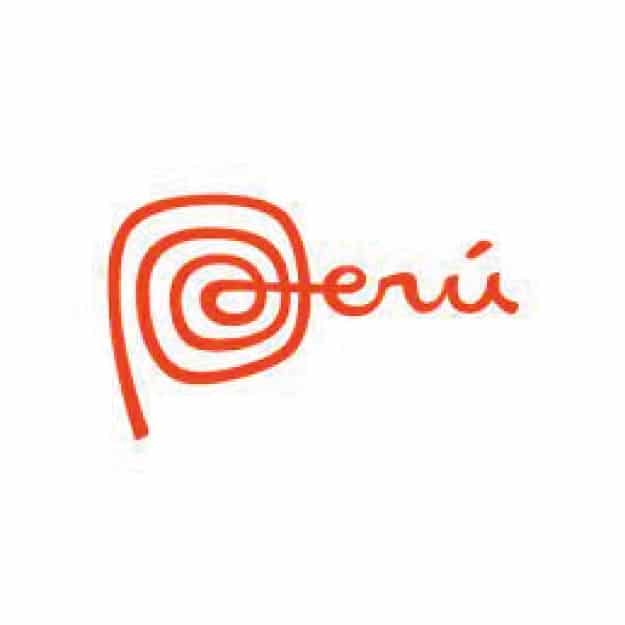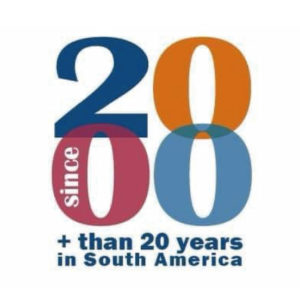Machu Picchu, an icon of South America
This ancient Inca city is one of the most precious treasures in Peru. Its name means old mountain and refers to the place where it is located, at about 2453 meters above sea level, in a rocky premonitory between Machu Picchu and Huayna Picchu.
The amazing Machu Picchu
At the top of a mountain, enormous and imposing stone blocks joined without using mortar were combined to create one of the most important religious, political and cultural centers of the Inca empire: Machu Picchu. Revealed to the world in 1911 by Hiram Bingham, this Inca city is divided into two large sectors: the agricultural sector, with an extensive network of terraces; and the urban sector, with fine structures including the Sun Temple.
The intensely green terraces and the imposing mountains surrounding the site combine to create a stunning landscape that surpasses visitors’ expectations. Machu Picchu is a World Heritage Site and the pride of Peru.
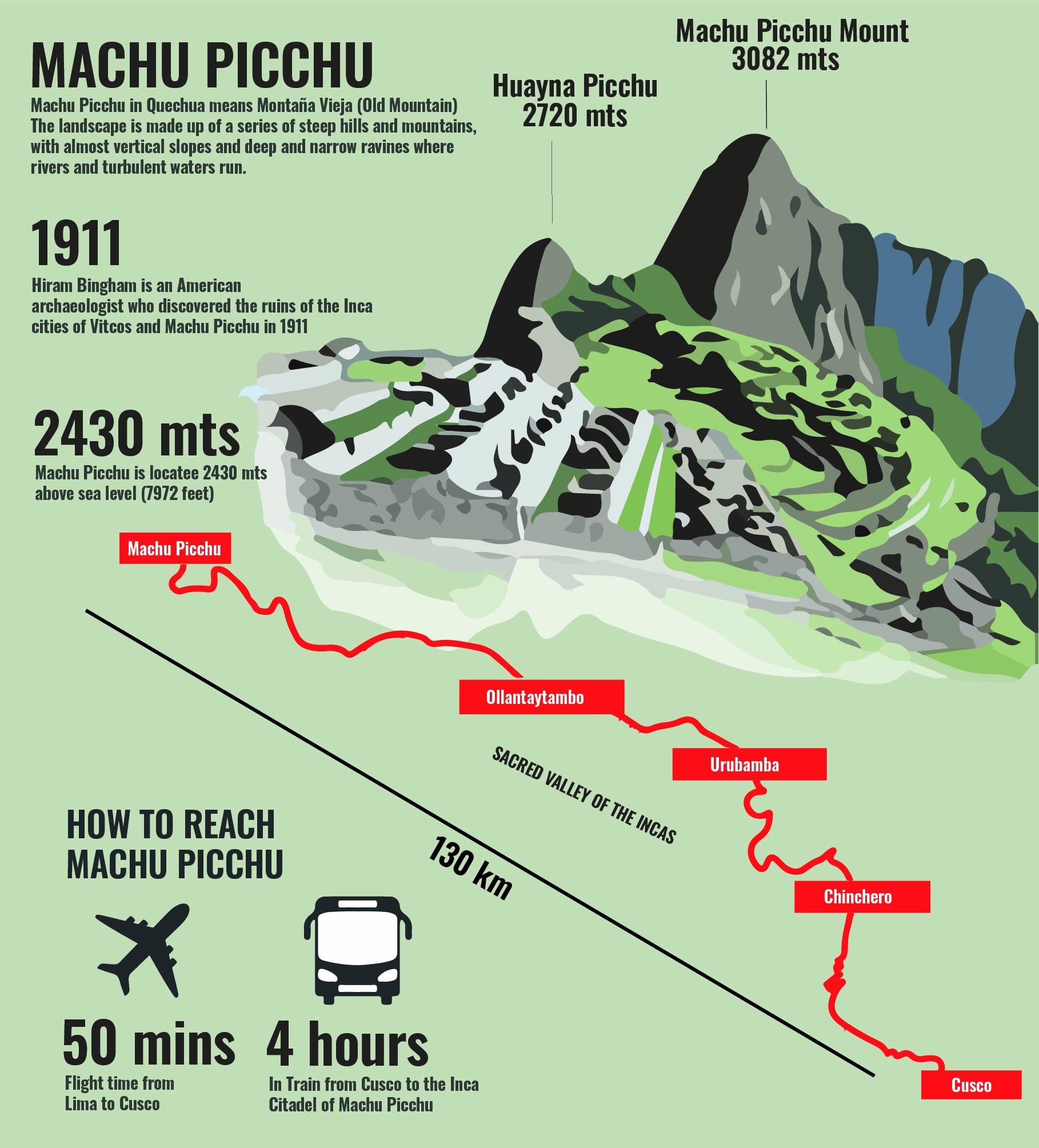
How to get Machu Picchu?
You can get to Machu Picchu by bus, train or walking. Traveling from Lima to Cusco by bus is the best way to discover Peru and avoid altitude sickness. Once in Cusco, you would have to make your way by train or bus to Aguas Calientes Town, where you finally can take a public bus to the Citadel.
When to go to Machu Picchu?
Machu Picchu is open year-round. October through April is the official rainy season, but it can rain at any time. And while peak season is July and August, you should always expect crowds. Sundays can be the most crowded, because that’s when people who live in the Cusco province are allowed into the site for free, in addition to the daily quota of 2,500 paying visitors
From Cusco to Machu Picchu
The easiest way to get from Cusco to Machu Picchu is to take the train to Aguas Calientes. It’s a scenic 3.5-hour trip each way along tracks that run right along the Urubamba River in the Sacred Valley, with dramatic canyon walls on either side.
Different things to see during your visit to Machu Picchu
It´s just a list of diffent sites you can visit during your trip to the incredible Inca Citadel of Machu Picchu:
Sacred Square
This square is surrounded by some of the most impressive structures of Machu Picchu : the Temple of the 3 Windows, the Main Temple and the House of the Priest.
It is possible that this square has been the main place of worship of the city.
The Main Temple
It is one of the three buildings that are located around the Sacred Square and one of the most spiritual precincts of the Inca City. This would be the most important temple of Machu Picchu and that the most important ceremonies and rituals of the city were held inside. The large number of cavities in the form of niches in the walls suggests that this place could have been destined for burials. At the front of this temple, you can see a small carved stone that apparently represents the Southern Cross.
The Royal tomb
While this structure is not exactly in the Sacred Square it is of great importance because it is located below it. The royal mausoleum is just below the Temple of the Sun, carved into the rock of the mountain. The structures present inside the mausoleum indicate that it would be a place to watch over the dead, belonging to the elite of the city.
The Inca civilization based its architectural work on spiritual symbolism by building beautiful buildings attributed to its gods: the sun, the moon, the stars, nature, the mountains, etc.
The Temple of the Sun
It is accessed through a double-frame door, which had a security system. The Temple of the Sun is one of the few structures in which the Incas used circular walls.
It is built with fine blocks of stone on a huge rock. Under it is the famous Royal Tomb.
Temple of the Three Windows
The Temple of the 3 Windows is located in the southwest corner of the Main Square of Machu Picchu. It is a room 10 meters long and 4 meters wide. On one of its walls it has 3 trapezoidal windows. The importance of this beautiful enclosure lies in the meaning represented by the number ‘3’ for the Inca worldview. The Inca trilogy is represented by: the condor, the puma and the snake. According to the Incas, these three animals represent the celestial world, the earthly world and the world of the dead.

Temple of the Condor
The whole Condor Temple is made up of somewhat irregularly shaped buildings that were adapted in such a way that it shapes the body of a condor. It is located in the so-called ‘Sacred Sector’ of Machu Picchu. Near the Temple of the Sun and the Royal Tomb. The head of the condor is carved on the ground while the body and wings are represented by the carving inside the structure.
To appreciate the condor, the tourist must be placed in front of the condor peak and take a few steps back.
Huayna Picchu Mountain
The Huayna Picchu mountain is one of the most impressive places in Machu Picchu, very famous around the world. The ascent to its top is one of the most amazing short walks you can do.
Climbing this mountain is an adventure full of adrenaline because its trails are built next to cliffs. On its top you can see the Inca City from above, as very few tourists can see it.
In Huayna Picchu, tourists can also visit the Temple of the Moon, one of the most mysterious Inca structures in Machu Picchu.
Huayna Picchu and the Temple of the Moon.
The Temple of the Moon is built inside a natural cave and is one of the most impressive structures in Machu Picchu. The caves were of great importance to the Incas since, according to their beliefs, they could communicate them with the dead. The Temple of the Moon is also known as the Great Cavern. It is made up of 2 natural caverns and other lithic structures carved by hand.
Due to the presence of an altar-shaped rock, it is believed that the Temple of the Moon served as a place of sacrifices and rituals.

The Inti Punku
This construction was the main entrance to Machu Picchu in the time of the Incas. Inti Punku is a Quechua word (the language of the Incas) that means ‘The door of the Sun’. During the summer solstice, the sun’s rays appear through this door. This construction is made up of walls and stone windows. Tourists who make the Inca Trail will have the first view of Machu Picchu through this construction. From the Inti Punku you can see Machu Picchu, the Urubamba river, the Huayna Picchu mountain and its surroundings. The view is amazing!
The Secret Door
Machu Picchu has not yet revealed all his secrets. French engineer David Crespy discovered a secret door under the three-door enclosure.
After the investigations of infrared light and rebound of ultrasound, it was thrown that the Secret Door leads to an enclosure full of gold, silver and mummies.
Some hypotheses suggest that this secret place would be the tomb of the Inca ruler Pachacutec.
The Sacred Rock
his sacred stone takes the shape of Putucusi Mountain which is considered the hidden gem of Machu Picchu. According to history, musical and poetry recitals took place in front of this giant and intriguing rock. And since we mentioned Putucusi, this round-shaped Andean mountain located on the opposite side to Machu Picchu is considered a must for those seeking a mind-blowing adventure.







